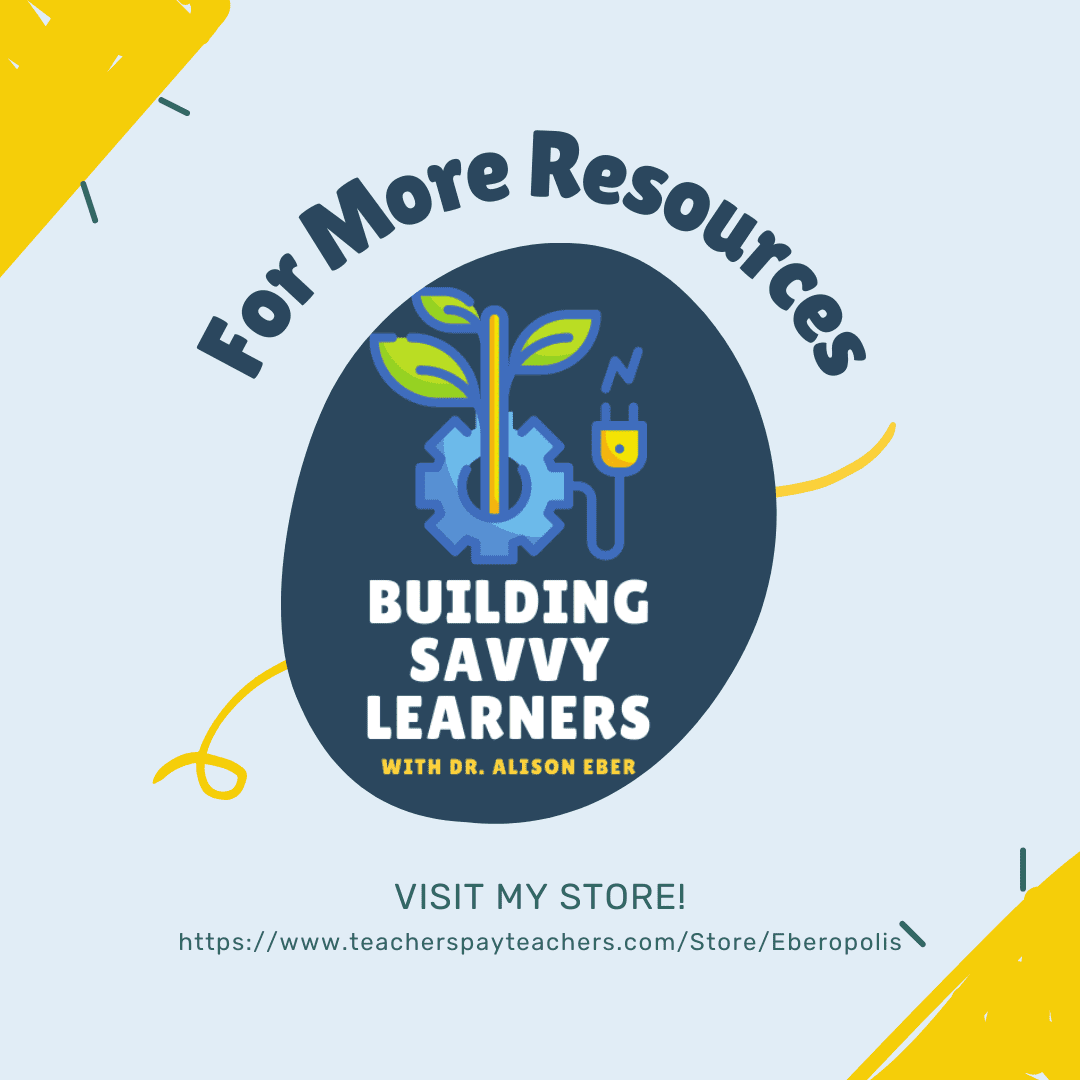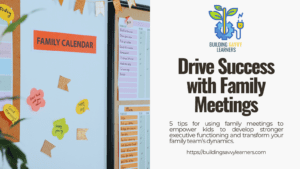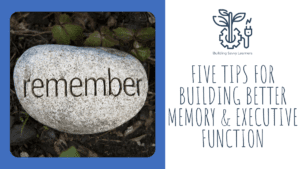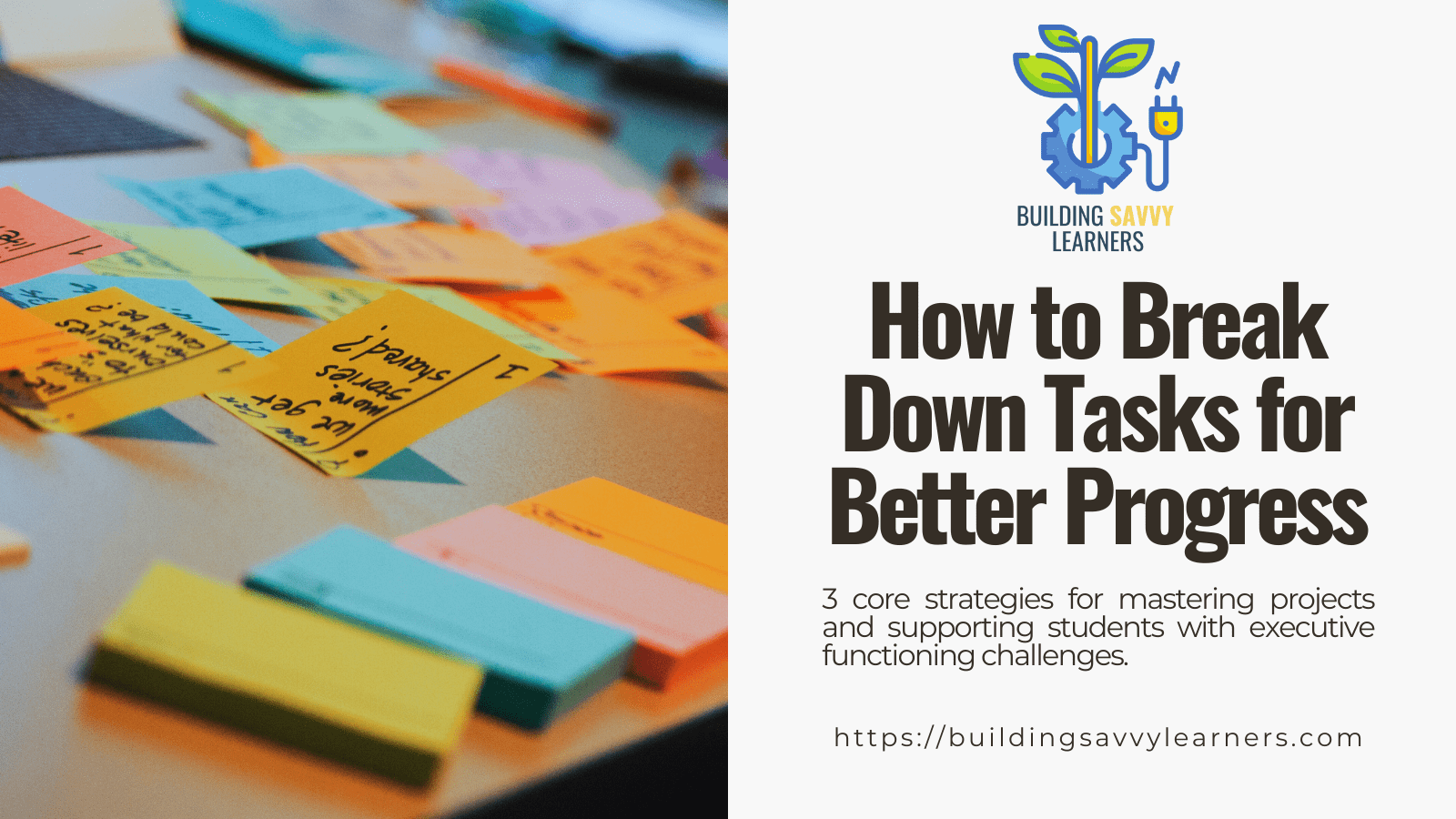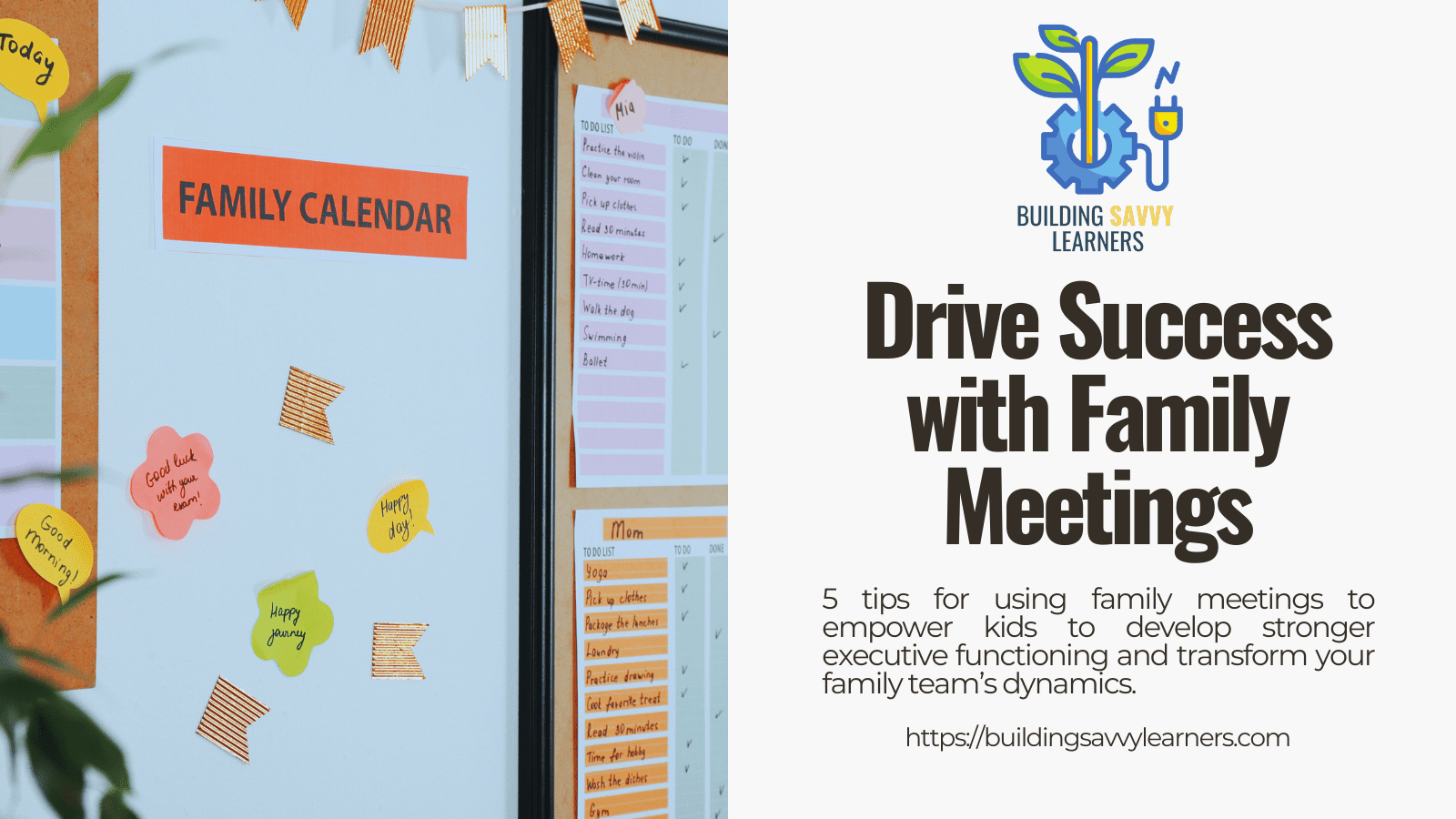It seems like only yesterday that I was snuggled up with my older daughter in our rocking chair, reading her a story. But as she’s grown, we no longer comfortably fit together on that chair. And since she’s an independent reader, she’s perfectly happy to read her own books.
But just because she can read on her own doesn’t mean she always should.
There’s a common misconception that once kids get into the upper elementary grades, they don’t need read-alouds so much anymore. Instead, parents tend to encourage independent reading.
While all reading is beneficial, read-alouds offer some unique benefits to kids of all ages.
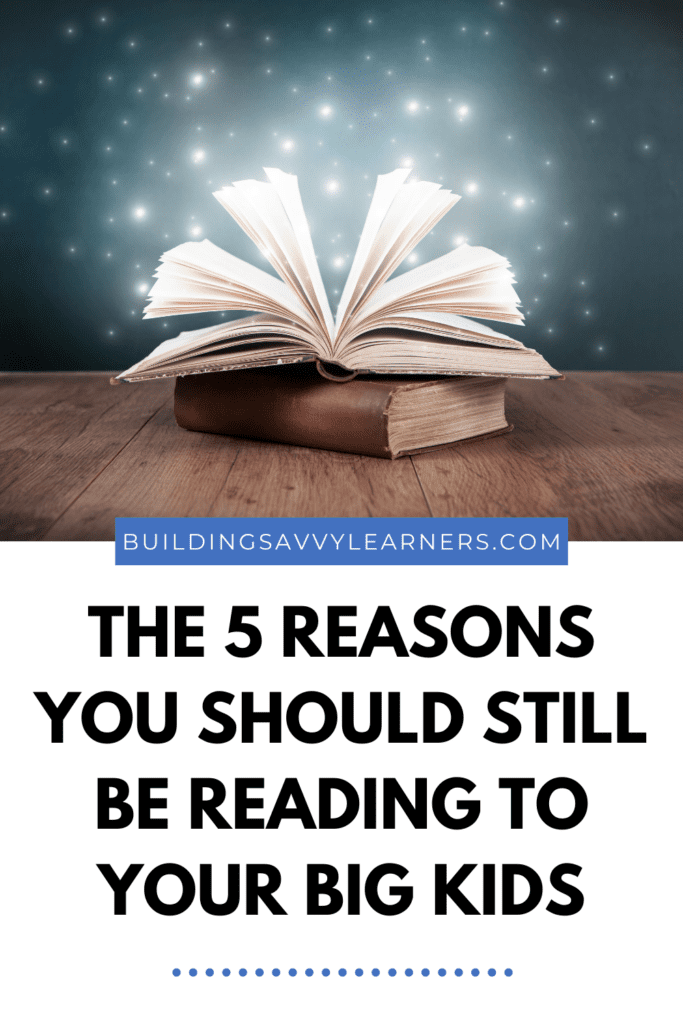
(Note: This post contains affiliate links. As an Amazon associate, I earn from qualifying purchases. That means if you click on a link and make a purchase, I will get a small commission at no additional cost to you. To learn more about why I use affiliate links, you can read my disclosure policy. Thank you for supporting Building Savvy Learners.)
The Benefits of Read-Alouds
1. Read-alouds expose kids to more advanced vocabulary.
When kids are reading independently, they’re typically reading books that are at their independent reading level. Skills at decoding words and comprehending what those words mean typically determine those levels. But when adults choose read-alouds, they don’t face the same constraints around text difficulty.
Listening comprehension is often more advanced than reading comprehension, so kids can listen to and understand more difficult texts. And when you introduce new vocabulary pronounced correctly and in context, you help them understand the word better than if they encountered it on their own. You create the conditions to help them successfully access those texts and build better readers in the process.

2. Read-alouds model fluent reading.
When educators talk about fluent reading, they’re talking about reading that is smooth and makes appropriate use of punctuation at a speed that’s easy to understand. Fluency also refers to reading with expression rather than robotic monotones. Many developing readers benefit from hearing these examples as they set the bar for what good reading should sound like. They can focus their attention on the plot and character development without getting bogged down in the mechanics of reading.
3. Read-alouds facilitate conversations about diverse topics.
Books transport us to faraway fantasy lands and different times in history. They allow us to befriend and care about characters who may or may not look like us or have different cultures. They help us to develop empathy for characters, take on new perspectives, and spark conversations that may feel awkward outside the context of the book. Books can foster respect and inclusion. They can also translate into self-reflection and change.
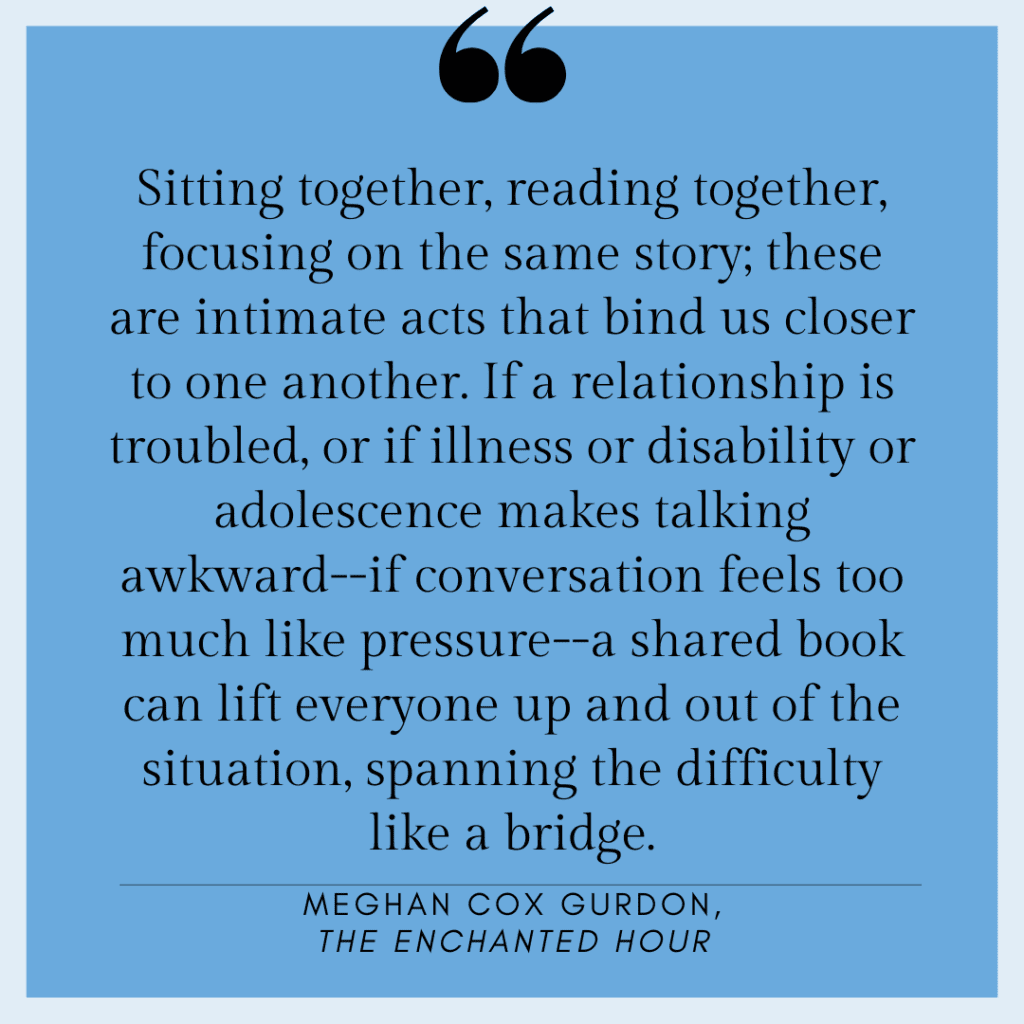
Rudine Sims Bishop first introduced the concept of children’s books as Mirrors, Windows, and Sliding Glass Doors in 1990. When what we read reflects who we are, then a book acts as a mirror. When we get to look into the worlds of people, real or imagined, who are different from us in some way, then books function as windows. And if we step into those books, they are sliding glass doors.
The challenges we face as a society in the coming years are going to require more of us to work together with people who may not share our backgrounds, beliefs, or perspectives. We’re going to need more windows and sliding glass doors to see all the common ground that unites us.
4. Read-alouds build a love of reading.
I’m a 40-something, but I can still remember some of the books that were read aloud to me as a kid. My dad read biographies of the baseball greats like Babe Ruth and Lou Gehrig to me. Mom read a picture book every night to me before bedtime. My first grade teacher introduced me to Charlotte’s Web and my third grade teacher loved Beverly Cleary’s Ralph S. Mouse and The Mouse and the Motorcycle.

A big part of my identity as a reader was forged in those moments. I encountered books I never would have picked up on my own, and I learned to love new authors and genres of books. I couldn’t wait to hear the next installment of each book, and I know that experience is not unique to me. As a teacher, I secretly delighted in the chorus of groans from my students when I’d end the day’s read aloud on a cliffhanger and listened to them beg for just one more chapter. There’s something powerful about being swept into the pages of a good book. It’s even better when you get to share that journey with others (even if sharing means that kids see you ugly cry through the end chapters of The Miraculous Journey of Edward Tulane by Kate DiCamillo).
5. Read-alouds strengthen relationships.
In The Enchanted Hour: The Miraculous Power of Reading Aloud in the Age of Distraction, Meghan Cox Gurdon describes studies of military families and families with an incarcerated parent that used video recorded read-alouds to maintain connections between parents and their children. But those aren’t the only kinds of relationships that stand to benefit.
For much of the pandemic, we’ve been very limited in our interactions with the older generations of our family. They live hundreds of miles away, so videoconferencing software mediates most of our interactions anyway. I’m not sure who initiated it, but my 10-year-old and her great aunt decided they’d start reading together. Sydney picked out a book, waited for her great aunt to also get a copy, and then they scheduled reading times. Once or twice a week, they’d take turns reading aloud chapters to each other, discussing the plot along the way. Each session is only about 30 minutes, but they both love this routine. They’re on their third chapter book now.
Feeling a bit left out, my 5-year-old asked her grandmother to set up a similar arrangement. Each week, my mom chooses a couple books from the public library in anticipation for their reading date. Sometimes Regan tries to read aloud, too, but mostly she just looks forward to hearing her grandma read stories to her. It has become a midweek highlight for both of them.
When you read together, you build a common set of experiences. You become mutual friends with the same characters and feel an affinity that spans space and time.
What Parents Can Do
As we try to restore balance to our lives and counteract the effects of so much screen time, there are lots of ways you can promote read-alouds in your child’s life.

1. Bring back bedtime stories–anytime.
It’s not so important that it happens at bedtime, but having a routine reading time can make a huge difference. Maybe it’s for a few minutes after dinner or while waiting to pick up a sibling from an event. Maybe it’s a substitute a couple times of week for the 20-30 minutes of independent reading homework your child is supposed to do. Choose whatever works, and accept that it may vary from week to week.
2. Read from a diverse selection of books.
If you’re planning for this with older kids, know that you’ve got more options than you may realize.
Picture books aren’t just for little kids anymore
So many authors and illustrators have created amazing picture books for older kids. For example, Carole Boston Weatherford wrote and Floyd Cooper illustrated a powerful picture book called “Unspeakable: The Tulsa Race Massacre.” And Tony Johnston’s “The Harmonica,” illustrated by Ron Mazellan, describes how a boy keeps hope alive while living in a concentration camp during the Holocaust. These are heavy topics worthy of discussion with older kids who are learning more about history.
An abundance of chapter books
There are SO MANY amazing chapter books out there. There’s a very good chance that your child hasn’t read many of your own childhood favorites unless they’ve been adapted into graphic novel form like The Babysitter’s Club series. If you’re short on ideas, the American Library Association identifies notable children’s books, organized by age levels, each year.
Diverse characters, settings, and authors
The children’s book publishing industry is becoming much more diverse and inclusive, thanks in part to pressure from non-profits such as We Need Diverse Books (@weneeddiversebooks on Instagram). They routinely profile books with diverse characters or written by diverse authors to ensure that everyone can find a reflection of themself in the literature they read.

3. Partner with older relatives.
The connections my daughters are sharing with their older relatives through FaceTime read-alouds have been amazing to witness, and I know my daughters aren’t the only beneficiaries. Their great aunts and grandparents look forward to those connections every bit as much as the kids do. The pandemic has helped so many of us become more comfortable with (or at least tolerant of) technology, and that includes many from older generations. Reach out to family members who may have more time to offer for read-alouds right now, and see if you might set up a weekly reading time for them to share some of their favorites or to try reading something new. This is the kind of screen time that can fuel our souls.
A Final Tip for Teachers
Last year, I introduced First Chapter Fridays in my class. Every Friday, I would read aloud the first chapter of a book to try to hook readers to pursue reading it on their own. As the year became extra busy (I taught virtually all year), I solicited help from parents. Parents would choose a book (often with my feedback) and audio record themselves reading the first chapter. I then posted the recordings along with a picture of the book cover each week. By the end of the year, we had about 30 different books covering a range of topics and genres. Kids and parents both loved it, and it was a low effort/high payoff way to get more families actively reading.


